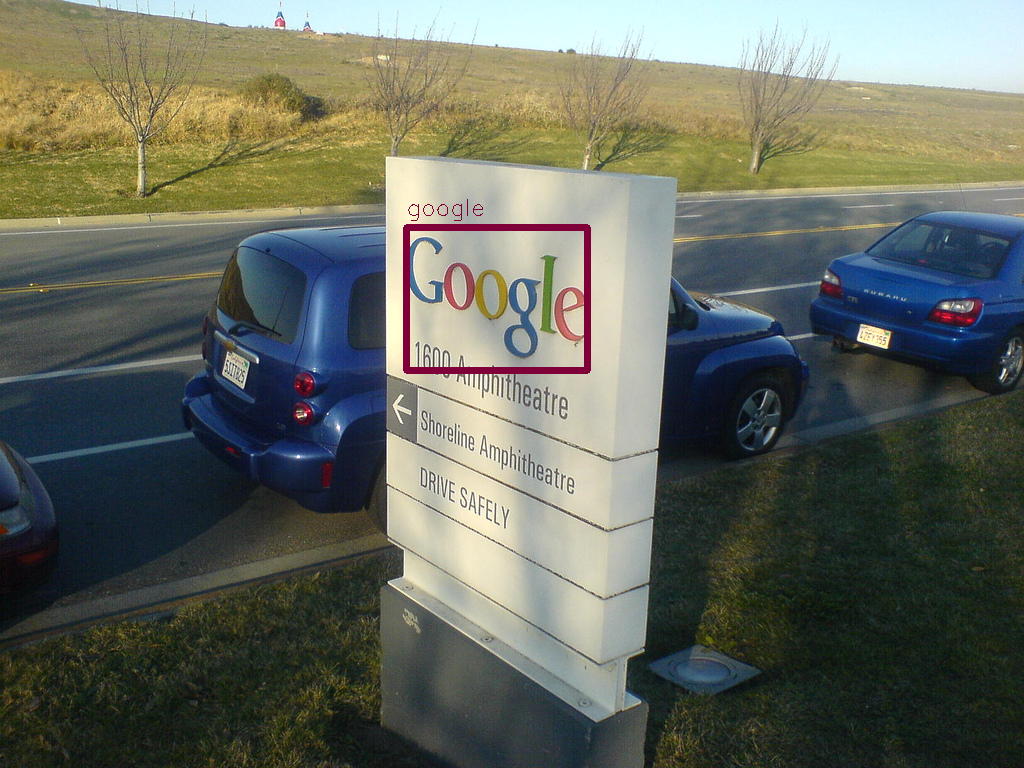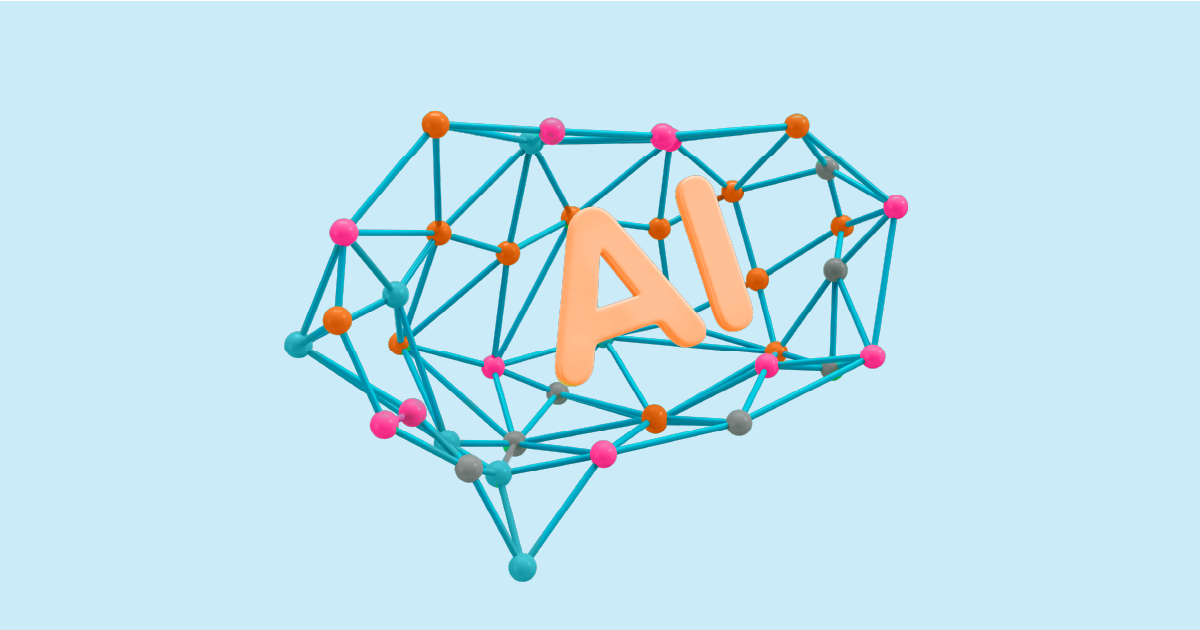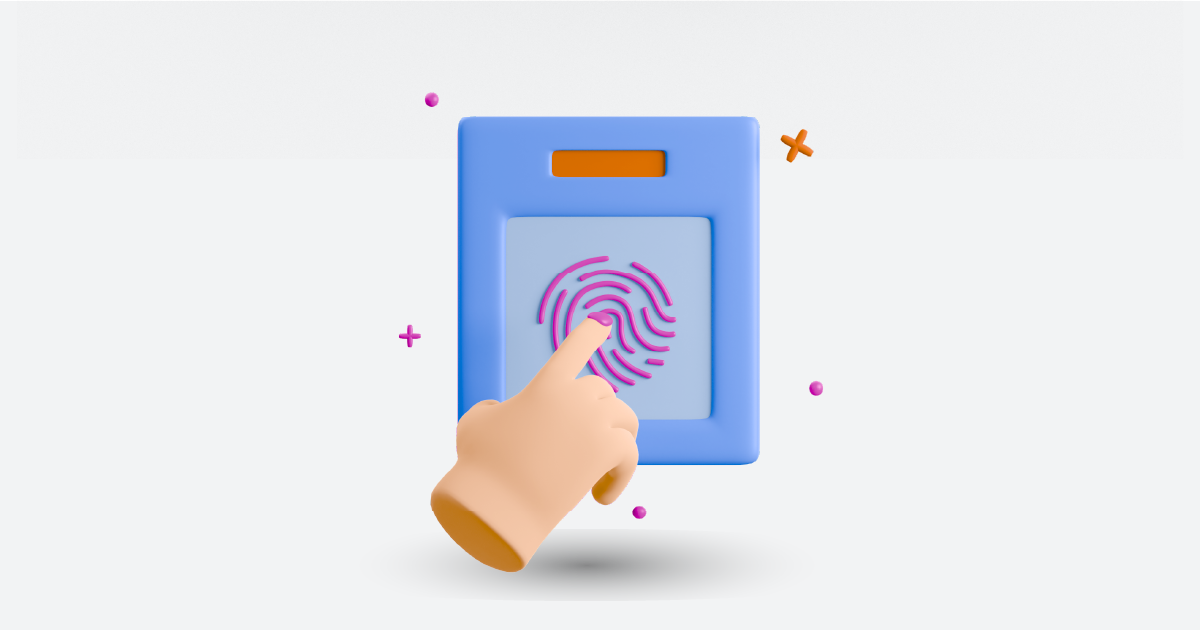In today’s visually-driven world, brand recognition has never been more critical. Whether it’s a company’s logo appearing in a social media post or on a billboard, ensuring that your brand’s image is seen and recognized by the right audience is essential for business success. But how do businesses keep track of where and how their logos are being used across the digital landscape? This is where logo detection using deep learning comes into play.
Deep learning, a subset of artificial intelligence, has transformed the way brands monitor and safeguard their logos. By leveraging sophisticated algorithms and vast amounts of data, deep learning models can automatically detect logos in images and videos, even in challenging or cluttered environments. In this blog, we’ll explore how deep learning enhances logo detection, its real-world applications, and why businesses are increasingly adopting this technology to protect and promote their brands.
So, if you’re curious about how deep learning can help your business stay ahead in the competitive world of brand management, keep reading!
Logo Detection Using Deep Learning: Transforming Brand Monitoring with AI

What is Logo Detection?
Logo detection is a technology that uses machine learning to automatically identify logos in images or videos. This process is key for businesses to track brand exposure, monitor unauthorized use of their logo, and enhance marketing efforts.
Importance of Logo Detection in Today’s World
With the rise of visual content, especially in digital marketing, logo detection plays a vital role in monitoring brand presence across various platforms. It’s used for protecting intellectual property, ensuring compliance with brand guidelines, and providing valuable data insights for businesses.
Understanding Deep Learning in Logo Detection
1. The Basics of Deep Learning
Deep learning, a subset of machine learning, involves training artificial neural networks to recognize patterns in large datasets. These networks mimic the way the human brain works and have revolutionized image recognition, making them perfect for tasks like logo detection.
2. How Deep Learning Improves Logo Detection
Traditional image processing methods, like edge detection or template matching, have limitations in dealing with complex variations of logos. Deep learning, on the other hand, allows the model to learn features from images automatically, making it highly effective in detecting logos even in challenging conditions such as varied backgrounds or occlusions.
Types of Logo Detection Techniques
1. Traditional Image Processing
Before deep learning became popular, logo detection relied on traditional methods, including thresholding, edge detection, and feature matching. These techniques, while useful in controlled environments, often struggle with variations in scale, orientation, or noise.
2. Deep Learning-Based Approaches
Deep learning techniques, such as Convolutional Neural Networks (CNNs), have transformed logo detection by enabling more robust, flexible, and accurate identification. These methods can handle complex and dynamic environments, learning representations from vast amounts of image data.
Deep Learning Models for Logo Detection
1. Convolutional Neural Networks (CNNs)
CNNs are the backbone of many image recognition tasks, including logo detection. These networks consist of multiple layers that automatically learn hierarchical features from images, making them well-suited for detecting logos in diverse and complex environments.
2. Recurrent Neural Networks (RNNs)
While CNNs focus on spatial information, RNNs are designed to process sequential data. For logo detection in video frames, RNNs can track the movement of logos, improving accuracy in dynamic contexts where logos might change position or appearance.
3. Generative Adversarial Networks (GANs)
GANs consist of two neural networks: a generator that creates images and a discriminator that evaluates them. These networks are useful for generating synthetic data that can be used to train logo detection models, especially when labeled data is scarce.
Preprocessing Images for Logo Detection
1. Image Normalization
Normalization is a crucial step in preparing images for deep learning. It involves adjusting the pixel values of images to a consistent scale, making it easier for models to learn and detect logos accurately.
2. Data Augmentation
To improve the generalization of a logo detection model, data augmentation techniques like rotation, scaling, flipping, and color adjustments are used. These help create a diverse set of images that simulate real-world variations, leading to more robust models.
Challenges
1. Variability in Logos
Logos can vary in color, size, shape, and style. Detecting a logo across different instances can be challenging, especially when logos are distorted or appear in unusual orientations.
2. Occlusion and Distortion Issues
Logos may be partially blocked by objects, or distorted by perspective changes. Overcoming these issues is a critical challenge for deep learning models to ensure accurate detection.
Applications
1. Brand Monitoring and Protection
Logo detection is essential for brand protection, enabling companies to monitor the unauthorized use of their logos across the web. It can help detect counterfeit goods or media misuse, protecting intellectual property.
2. Retail and E-commerce
In e-commerce, logo detection can identify products from specific brands, improving search functionality, and enhancing customer experience by recommending items based on brand preferences.
3. Sports and Media
In sports broadcasting and media, logo detection is used to track sponsorship visibility, ensuring that logos are shown in the right context and position, providing valuable data for advertisers and sponsors.
Evaluation Metrics
1. Precision and Recall
Precision refers to the proportion of correctly identified logos among all detections, while recall measures how many logos were correctly detected from the total number of logos. Both are crucial for evaluating the performance of logo detection models.
2. F1-Score
The F1-score combines precision and recall into a single metric, providing a balanced measure of a model’s accuracy, particularly when dealing with imbalanced datasets.
Recent Advances
1. Transfer Learning
Transfer learning involves using a pre-trained model and fine-tuning it for a specific task, like logo detection. This approach reduces the need for large datasets and speeds up the training process, making it more accessible for businesses to implement.
2. Multi-Task Learning
Multi-task learning enables models to perform several tasks simultaneously, such as detecting logos and classifying brand types. This approach improves model efficiency and accuracy, making it particularly useful in complex real-world applications.
Future Trends
1. Predictions for the Coming Years
As deep learning continues to evolve, logo detection will become more accurate and efficient. Future advancements may include the integration of AI with augmented reality (AR), allowing real-time logo detection in immersive environments.
2. Integrating AI with Augmented Reality
Combining AI-based logo detection with AR could open new possibilities in interactive marketing and brand engagement, allowing consumers to interact with logos in real-time through their smartphones or AR glasses.
Conclusion
Logo detection using deep learning has revolutionized brand monitoring, security, and marketing. With its ability to recognize logos in a wide variety of settings, from images to videos, it plays a crucial role in protecting intellectual property and improving business intelligence. As technology continues to advance, the future of logo detection is bright, with new opportunities on the horizon for businesses to leverage AI to further enhance their brand presence.
If your business is looking to harness the power of deep learning for logo detection or explore more advanced AI solutions, consider requesting a demo from AIM Technologies. Our cutting-edge tools can help you streamline your brand monitoring efforts and take your brand management to the next level. Don’t miss out on the opportunity to revolutionize your business with AI—request a demo today!




